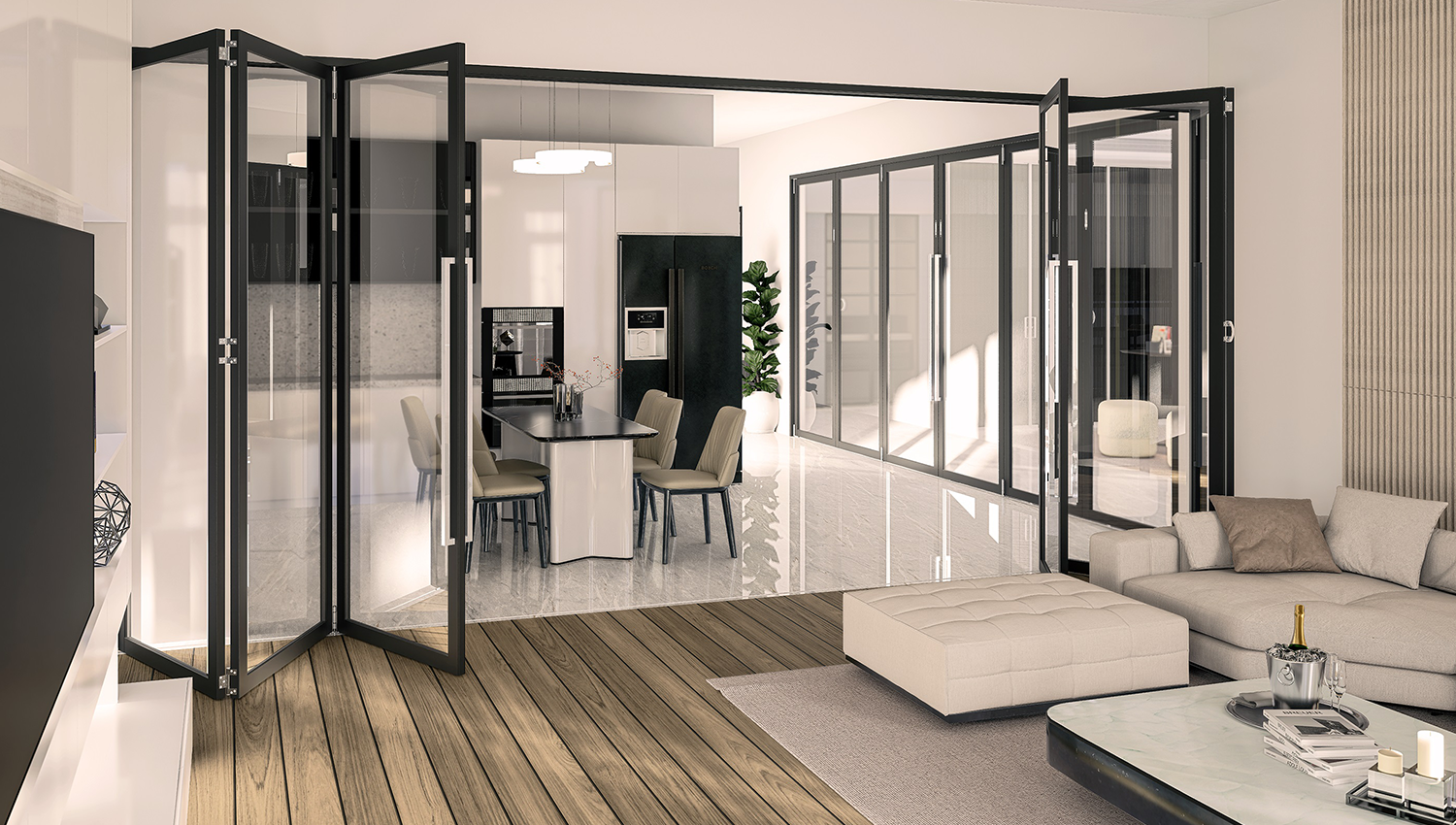
There are many misconceptions and assumptions about how acoustics work, and it can often be treated as an afterthought until major issues arise. Without incorporating acoustic planning early into the project, it can be easy to neglect budgeting for it as well as potentially selecting the incorrect materials. We’ve identified some myths which might help to keep you alert when planning acoustics for your project.
This is only true to an extent. With standard double glazed units, the small air gap between the glass does not make it more effective than a thin piece of glass. The acoustic performance of a double glazed unit only increases when the air gap between the two panels of glass is increased to more than 30mm.
2: Myth or Fact? Specifying doors and walls with high acoustic ratings will ensure a room has superior acoustic performance!
Like everything in life, all factors need to be taken into consideration in order to achieve an overall high acoustic rating. By identifying how sound enters and travels through a room is one of the steps to analysing acoustic performance. The other is determining how sound absorptive the materials in the room should be. For a room to rate high acoustically, all elements need to be acoustically treated, including all doors, walls, windows, ceiling and ceiling space, aircon ducts, ventilation, and flooring.
This assumption is not always true, particularly if the proportion of the materials with a high acoustic rating is substantially greater than the areas where materials with a lower rating were used. A case scenario would be if 95% of an office perimeter was an acoustic wall rated to 40RW and one door rated to 32RW, which could account for less than 5% of the room surfaces.
This is an all-too-common truth that is experienced regularly. It is critical to note however, that the costs are always greater at the point where problems need to be rectified after the fitout has been completed. When the acoustic spec is set early in the project planning, the client and architect should account for the extra cost and possible extra work to achieve the desired rating. Additionally, some design concessions may need to be taken to achieve the acoustic spec, which is why acoustics should never be an afterthought.
To assist in making your decisions more informed, taking into account aesthetics as well as acoustics, our new acoustic report will help to dispel and clarify any of these myths we’ve described.
Feature image: Aiken Chambers. Copyright: Carr Photography©

In the world of luxury residential design, every element must serve a dual purpose: stunning visual impact and flawless performance...

When we think of luxury homes, the focus often falls on architectural statement pieces – expansive glazing, bespoke joinery, or curated finishes...